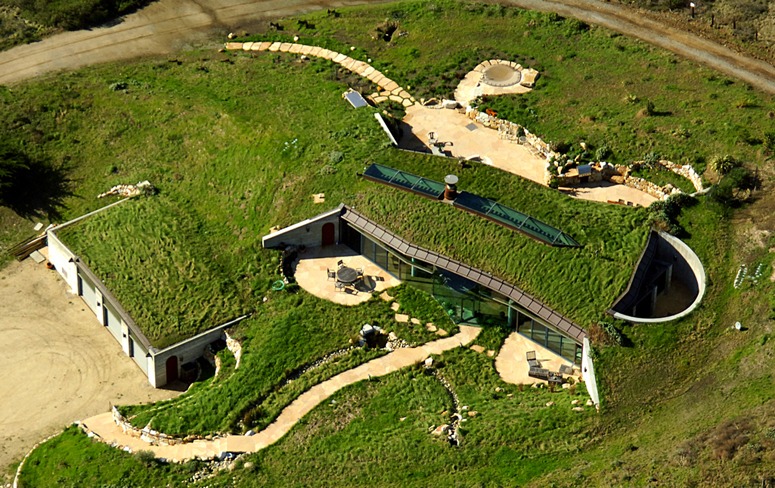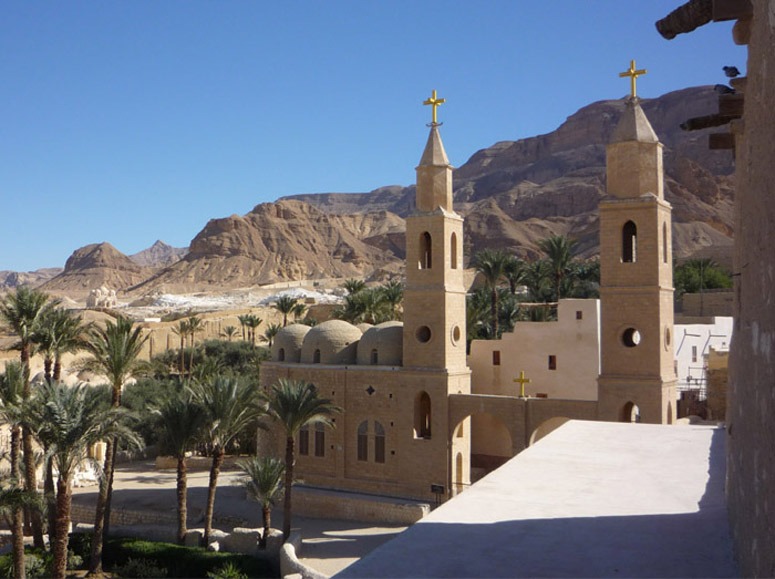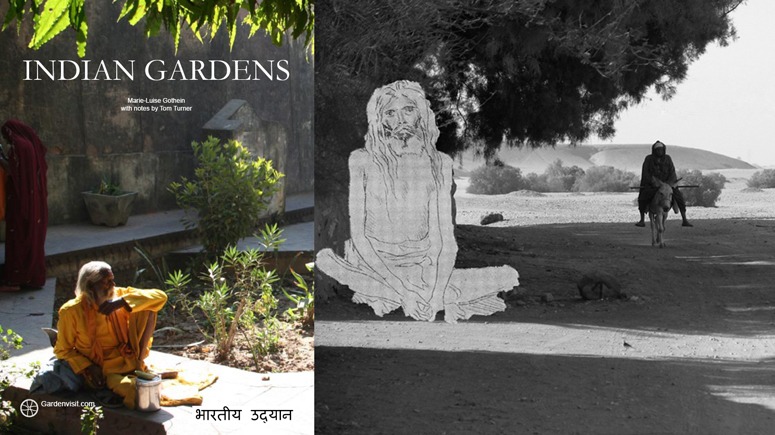There was a time when the meridian line was neglected in Greenwich Park. This changed for the 2000 millennium celebrations and snow brings out the best in the markers. The green laser beam glistens when it snows and the sculptor who represented Queen Victoria (I assume) as a snow queen deserves a prize. I like low impact and temporary public art.
“My name is Ozymandium, queen of queens:
Look on my works, ye Mighty, and despair!”
The most popular, permanent, meridian marker is 2.5 meters below the above pics. People like to be photographed with one foot in the eastern hemisphere and one foot in the western hemisphere – but it is a terrible place for taking photographs: narrow, north-facing and ugly. I’d like to see a design for a Photographer’s Balcony so that people could photograph one another gazing, with the green laser, towards the North Pole. The Chinese are very keen on photographing each other in memorable locations and a really well designed facility would probably double the number of Chinese tourists visiting the UK, if not Europe.






